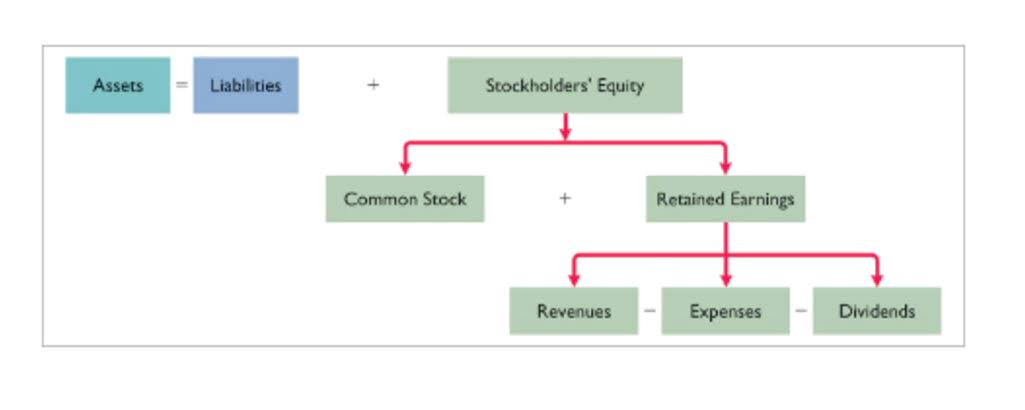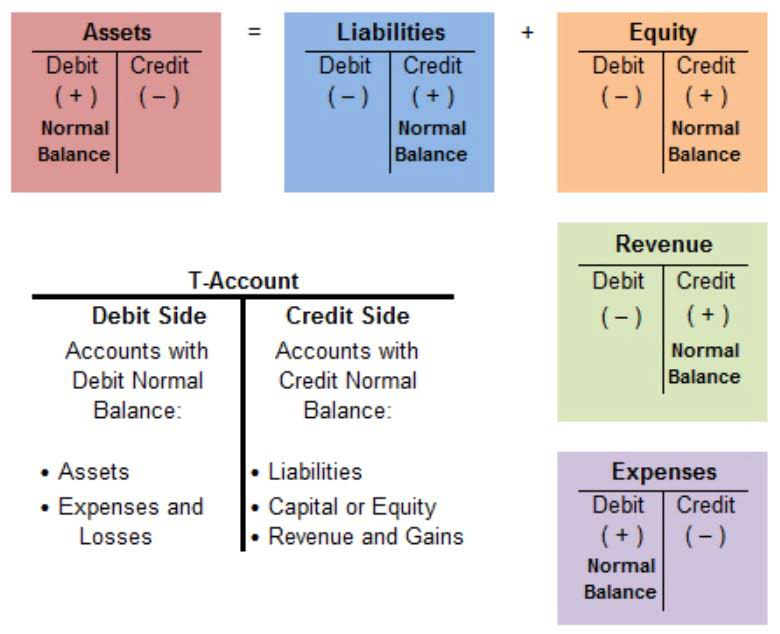Debt-to-Equity D E Ratio Meaning & Other Related Ratios

If negative, the company’s liabilities exceed its assets; if prolonged, this is considered balance sheet insolvency. Typically, investors view companies with negative shareholder equity as risky or unsafe investments. Shareholder equity alone is not a definitive indicator of a company’s financial health; used in conjunction with other tools and metrics, the investor can accurately analyze the health of an organization. Stockholders’ equity is the remaining assets available to shareholders after all liabilities are paid. It is calculated either as a firm’s total assets less its total liabilities or alternatively as the sum of share capital and retained earnings less treasury shares.

To Ensure One Vote Per Person, Please Include the Following Info
An equity takeout is taking money out of a property or borrowing money against it. Ask a question about your financial situation providing as much detail as possible. We follow strict ethical journalism practices, which includes presenting unbiased information and citing reliable, attributed resources. The articles and research support materials available on this site are educational and are not intended to be investment or tax advice.
Types of Private Equity Financing
Balance sheets, like all financial statements, will have minor differences between organizations and industries. However, there are several “buckets” and line items that are almost always included in common balance sheets. We briefly go through commonly found line items under Current Assets, Long-Term Assets, Current Liabilities, Long-term Liabilities, and Equity.
What Is Included in Total Equity?

This is especially true when dealing with companies that have been in business for many years. A company’s equity position can be found on its balance sheet, where there is an entry line for total equity on the right side of the table. For information pertaining to the registration status of 11 Financial, please contact the state securities regulators for those states in which 11 Financial maintains a registration filing. If the company is aggressively expanding its operations and taking on more debt to finance its growth, the D/E ratio will be high.
Debt-to-Equity (D/E) Ratio
- Usually, the carrying value of equity at the end of the previous year and those at the end of the current year are used in the calculation to find average total equity on the balance sheet.
- From the viewpoint of shareholders, treasury stock is a discretionary decision made by management to indirectly compensate equity holders.
- It enables accurate forecasting, which allows easier budgeting and financial planning.
- This measure excludes Treasury shares, which are stock shares owned by the company itself.
- A lower D/E ratio suggests the opposite – that the company is using less debt and is funded more by shareholder equity.
He is a CFA charterholder as well as holding FINRA Series 7, 55 & 63 licenses. He currently researches and teaches economic sociology and the social studies of finance at the Hebrew University in Jerusalem. For example, many soft-drink lovers will reach for a Coke before buying a store-brand cola because they prefer the taste or are more familiar total equity formula with the flavor. If a 2-liter bottle of store-brand cola costs $1 and a 2-liter bottle of Coke costs $2, then Coca-Cola has brand equity of $1. Home equity is often an individual’s greatest source of collateral, and the owner can use it to get a home equity loan, which some call a second mortgage or a home equity line of credit (HELOC).

How do you know if the debt-to-equity ratio is good?
The company also reported an accumulated other comprehensive loss of $11.4 billion. This is helpful in analyzing a single company over a period of time and can be used when comparing similar companies. The quick ratio is also a more conservative estimate of how liquid a company is and is considered to be a true indicator of short-term cash capabilities. Using the D/E ratio to assess a company’s financial leverage may not be accurate if the company has an aggressive growth strategy.
Shareholders Equity
If the D/E ratio gets too high, managers may issue more equity or buy back some of the outstanding debt to reduce the ratio. Conversely, if the D/E ratio is too low, managers may issue more debt or repurchase equity to increase the ratio. This could lead to financial difficulties if the company’s earnings start to https://www.bookstime.com/ decline especially because it has less equity to cushion the blow. Investors, lenders, stakeholders, and creditors may check the D/E ratio to determine if a company is a high or low risk. The principal payment and interest expense are also fixed and known, supposing that the loan is paid back at a consistent rate.
Understanding equity lets you know how much your stake in a company is actually worth, how much skin you have in the game, and whether it’s worth continuing being an owner or part-owner of a company. More precisely, it’s what’s left over of your business once you’ve paid back everyone you owe money to. Stockholders’ equity is also referred to as shareholders’ or owners’ equity. 11 Financial may only transact business in those states in which it is registered, or qualifies for an exemption or exclusion from registration requirements.

Companies may have bonds payable, leases, and pension obligations under this category. The “Treasury Stock” line item refers to shares previously issued by the company that were later repurchased in the open market or directly from shareholders. In contrast, early-stage companies with a significant number of promising growth opportunities are far more likely to keep the cash (i.e. for reinvestments).
What Are Some Examples of Stockholders’ Equity?
Private equity generally refers to such an evaluation of companies that are not publicly traded. The accounting equation still applies where stated equity on the balance sheet is what is left over when subtracting liabilities from assets, arriving at an estimate of book value. Privately held companies can then seek investors by selling off shares directly in private placements. These private equity investors can include institutions like pension funds, university endowments, insurance companies, or accredited individuals.